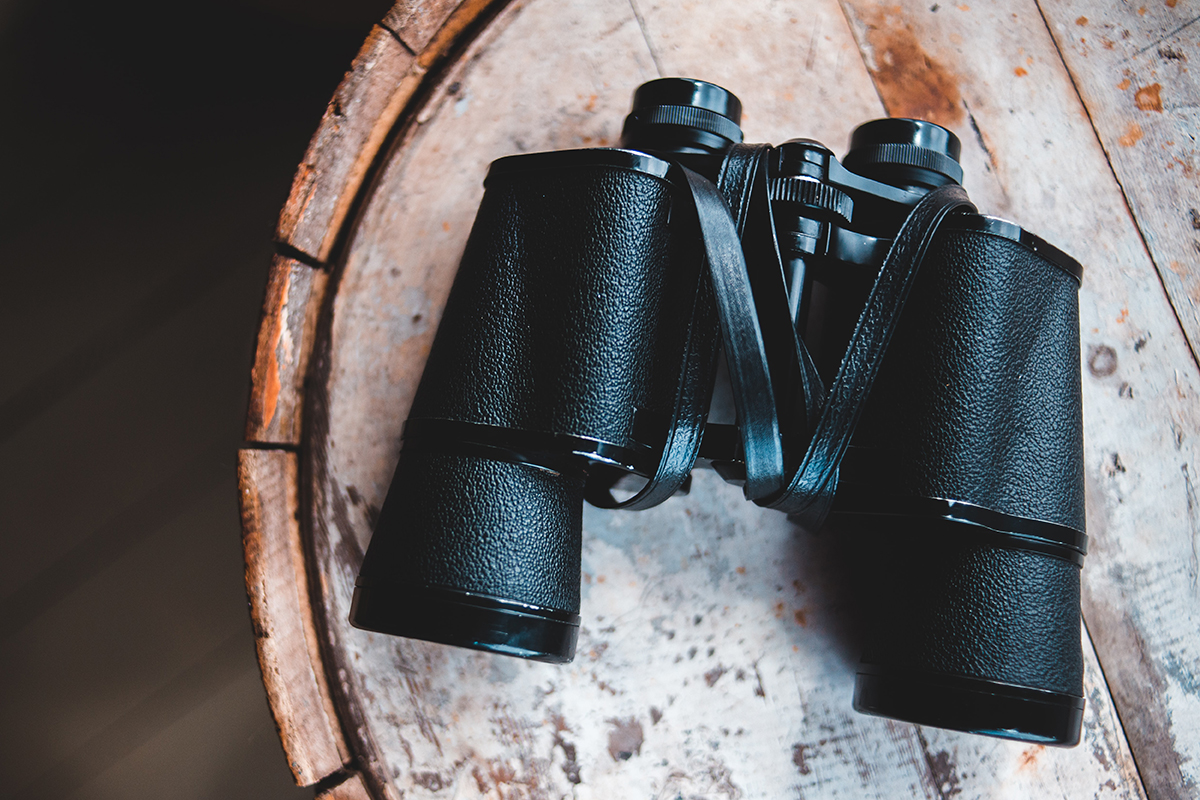Anti-reflective coatings
The binoculars have an anti-reflective coating made of magnesium fluoride which gives the lenses a bluish tint. The coatings increase transmission, reduce the scattering of light reaching the lenses and increase brightness and contrast. In older models and in cheaper models only the external parts are anti-reflective coated, these models will have many reflections and light loss. It is very important to pay attention to this detail, as reflections significantly impair observations.
Techniques when purchasing them
To test them, separate both tubes until you see a single disk with both eyes. Normally one of the tubes has an eyepiece with numbers that is to compensate for the differences between one eye and the other (usually the right one). Close your right eye and focus the binocular with your left sight (focusing is done with a wheel in the part that joins the two tubes), when the image is clear, close your left eye and observing with your right eye find the focus by rotating only the eyepiece, ready?, open both eyes.
Advantages and disadvantages
Advantages
– They are economical
– Easy and comfortable to use
– They do not require much maintenance
– Allows you to find objects quickly
Disadvantages
– They may suffer from a “field curvature” effect that distorts part of the image
– Most do not have the possibility of interchangeable eyepieces
– In openings beyond 50 mm they become too heavy to hold firmly


